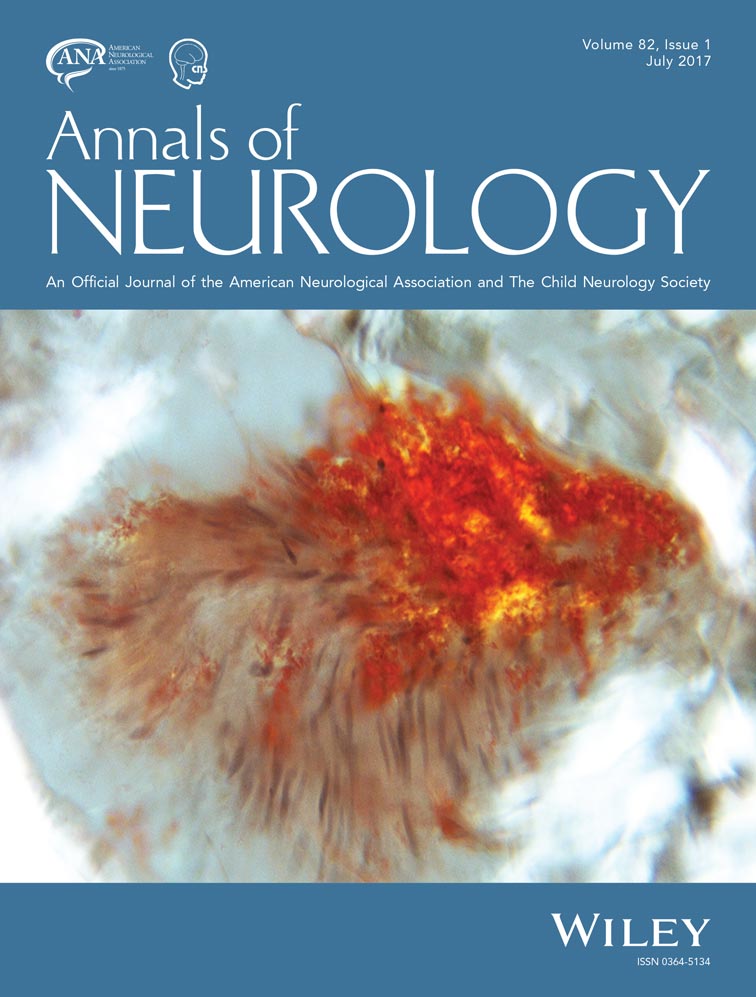Epileptic networks in action: Synchrony between distant hemodynamic responses
Abstract
Objective
Structural and functional imaging studies in focal epilepsy often reveal distributed regions of abnormality. These are interpreted as representing the existence of epileptic networks, but the presence of actual neuronal interactions between these regions has not been demonstrated. We sought to determine whether the distributed hemodynamic responses often seen in functional magnetic resonance imaging (fMRI) studies of scalp interictal epileptic discharges (IEDs) actually correspond to synchronized neuronal activities when examining the intracerebral electroencephalogram (iEEG) at distant nodes of the network.
Methods
We studied 28 patients who underwent first EEG-fMRI and then iEEG, and had significant hemodynamic responses in the gray matter. We coregistered the hemodynamic responses to the iEEG electrode contact positions and analyzed synchrony, measured by correlation, between IEDs recorded by iEEG in regions with and without hemodynamic responses.
Results
The synchrony of intracerebral IED activity between pairs of regions showing a hemodynamic response was higher compared to that between pairs of regions without (p < 0.0001) and between pairs of regions, one with and one without hemodynamic response (p < 0.0001). These differences were found during the interictal periods with IEDs but were absent during the interictal periods without IEDs. Higher synchrony was also observed between regions involved at seizure onset (p < 0.0001).
Interpretation
EEG-fMRI studies are unique in their ability to reveal hemodynamic concomitants of IEDs anywhere in the brain. This study proves that iEEG activity is synchronized between these regions of hemodynamic response, thus demonstrating the existence of an actual neuronally based interictal epileptic network. This also validates the EEG-fMRI approach to reveal this network noninvasively. Ann Neurol 2017;82:57–66




